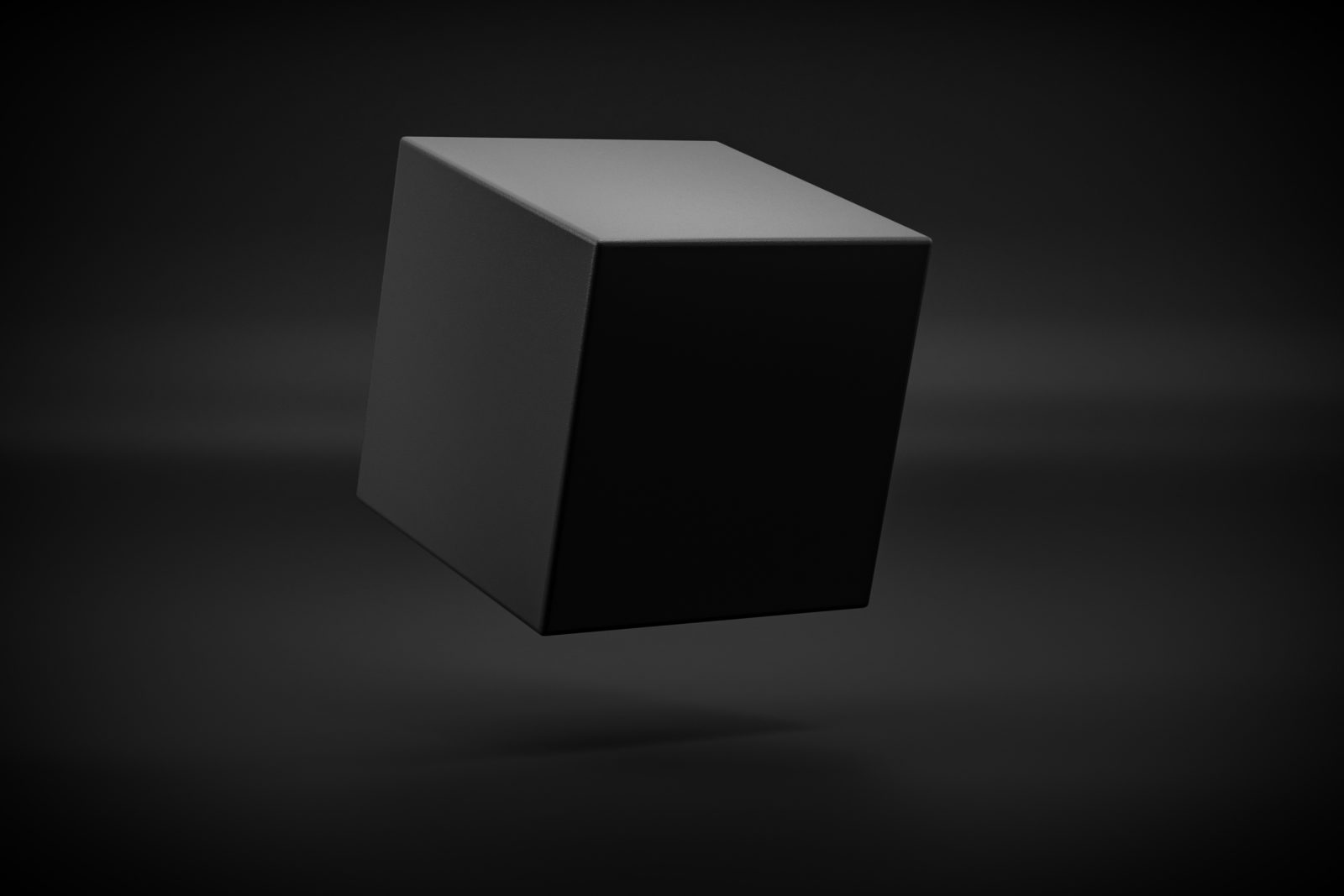Unraveling the Black Box Mystery
The Secrets Behind the Black Box
What is the Black Box?
While commonly referred to as the black box, an aircraft’s flight recorder system actually consists of two crucial components - the Flight Data Recorder (FDR) and the Cockpit Voice Recorder (CVR). Both work together to capture vital information that can help investigate the cause of accidents. The FDR records hundreds of parameters measuring the plane’s performance and environment, such as airspeed, altitude, engine functions, and more. Meanwhile, the CVR records all sounds in the cockpit, including voices and alerts. This provides audio insights into the cockpit during the last crucial moments. Additionally, a Flight Data Acquisition Unit (FDAU) beneath the cockpit intakes data from sensors across the aircraft. It then transfers this massive amount of flight parameter information to the FDR and CVR for storage.
Protecting the Precious Data
Due to their vital role in accident investigations, black boxes are designed with survivors ability in mind. Known as Crash Survivable Memory Units (CSMUs), they securely store data inside hardened containers. The CSMU exterior features three protective layers - an outer casing of impact-resistant steel or titanium, insulation padding, and a thermal shield. It is robustly engineered to withstand 6000Gs of impact force and over 2000°C of heat for at least 30 minutes of exposure. Black boxes are also typically housed in the rear fuselage or tail section. This locations benefits from the plane’s front acting as a crush zone, absorbing impact forces before reaching the recorders. Together, these safeguards maximize survival chances even after severe crashes.
Decoding the Recordings
Once located, investigators bring the CSMU to labs for data extraction and analysis. FDR information is often presented through graphs or animations, reconstructing aircraft movements and system functions close to impact. Meanwhile, CVR audio recordings are synchronized with FDR data and scrutinized for alarms, sounds, and crew communications. Experts are able to deduce events by correlating audio cues with parameters like speed, altitude and control inputs. This process reconstructs the flight trajectory and cabin situations leading to accidents. Combined with other evidence, it helps determine the contributing factors and chain of events. The uncovered details prove invaluable for preventing future mishaps through improved safety regulations, crew training, and aircraft systems.
A Vital Tool for Aviation Safety
Aside from accident investigations, black box data is also used for other safety initiatives. Flight recorders onboard aircraft allow monitoring of engines and technical components during normal operations. Any anomalies are flagged for maintenance checks before developing into serious issues. The collected operational data also aids in modeling typical flights, spotting exceptional parameters, and enhancing airworthiness directives. This valuable in-service information has progressively improved aviation safety over decades. With newer recorders capturing more parameters at higher sampling rates and storage capacities expanding, their role remains pivotal. Continued developments ensure black boxes remain a lynchpin for unraveling past incidents and safeguarding skies worldwide.
Mapping the FDR Parameters
The FDR records over 800 parameters from various sensors, mapping the plane’s intricate workings and conditions. A selection includes:
- Airspeed, altitude and vertical speed
- Longitudinal and lateral acceleration forces
- Engine rpm, temperatures and fuel/oil pressures
- Flaps, spoilers and landing gear positions
- Auto-pilot, autothrust and yaw damper modes
- Weight on wheels, wheel brakes and ground spoilers status By monitoring such an extensive array of critical flight performance metrics, even subtle pre-incident anomalies can be uncovered through precision data analysis. This level of detailed information gathering proves invaluable for reconstructing flight dynamics.

Decoding the Ambient Audio Cues
Beyond words, the CVR preserves subtler audio indicators through high fidelity microphones. Investigators dissect recordings for:
- Engine noises like fluctuations, surges or stalls
- Warning sirens such as terrain proximity or system malfunctions
- Environmental sounds like hail, windshear or turbulence
- Non-verbal crew communications like heavy breathing or shouting
- Onboard systems like clicks of switches or auto-pilot disengagement
Correlating transient sounds with FDR trends, experts can deduce in-cabin conditions and responses. Such ambient audio forensic deepens understanding of the entire flight crew’s experiences prior to impact.
The Rise of Solid-State Memory
Earlier magnetic tape recorders were prone to damage and had limited durations, typically 30 minutes. But solid-state Flash storage introduced in the 90s boosted reliability and capacity. Modern black boxes now utilize Crash-Protected Solid State Recorders (SSRs) with remarkable 24-hour durations. Flash memory is far tougher than tapes, withstands greater shocks and remains readable after multiple impacts. This allows sampling thousands of parameters each second, capturing full flights instead of just final phases. Together with advanced power-saving designs, SSRs ensure investigation teams receive an even richer trove of flight data to decipher tragic mishaps.
Delving into the Data Back in Labs
Once extracted from the crash site, black boxes are sent to approved facilities for delicate readout procedures. There, specialist CVR/FDR laboratory teams work to:
- Carefully open the armored CSMU exterior without harming components
- Assess memory integrity and check for corrosion or water damage
- Connect appropriate hardware/software to the recorder’s proprietary data ports
- Initiate standardized decoding and conversion of raw voltage signals
- Synchronize CVR audio with corresponding FDR parameter graphing
Only after rigorous verification of bitstream health can investigators confidently use the captured materials. The laboratory work ultimately returns the voices and flight profiles of doomed journeys, aiding determination of accident causes.
Reconstructing the Final Moments
By threading together audio snippets and parameter trends uncovered, the complete sequence leading to impact can be pieced together. In front of analysis boards featuring multi-screen displays linked to synchronized FDR and CVR playback systems, specialist investigators and advisors participate in reconstruction sessions. Key personnel include operations and systems experts, alongside regulatory officials and manufacturer representatives. Together, they examine each factor methodically while cross-referencing available radar, ATC communications and eyewitness evidence. The collective discussions dissect the minutiae, reconstruct plausible scenarios and deduce theCHAIN OF EVENTS culminating in tragedy. Only with a full understanding can targeted corrective measures then be established to prevent recurrence.
